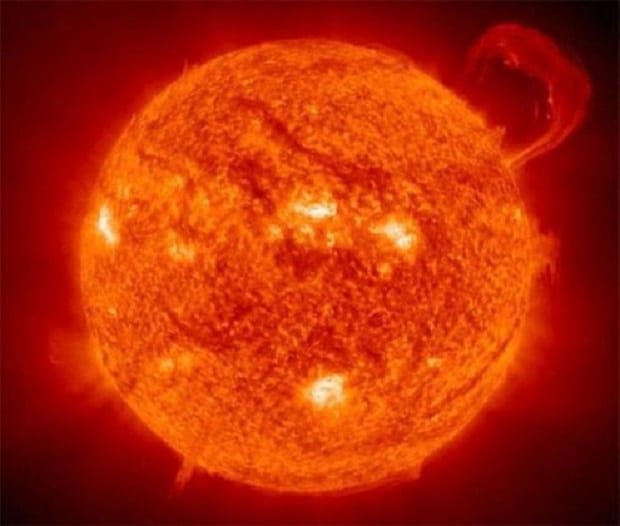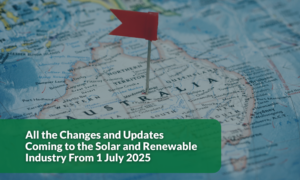A $1.2 million trial of world-leading forecast technology will increase solar efficiency with more accurate predictions of weather change.
University of South Australia (UniSA) researchers are testing an innovative short-term statistical forecasting model in an attempt to predict weather conditions from five minutes up to 1-2 hours ahead.
This is important, because the Australian Energy Market Operator (AEMO) matches electricity demand and supply every five minutes. Large-scale solar power producers need to know how much output they can expect over the next five, ten, fifteen, etc, minutes in order to participate efficiently in the market. To do that, they need to know what the weather is going to do.
Researcher Professor John Boland wants to produce an industry-best forecast tool which will make renewable energy supply more reliable and therefore cut electricity prices.

Range of solar efficiency technology in one package
The project will trial the technology on five operational solar farms spread between Far North Queensland and Victoria. Researchers have selected sites with volatile weather conditions.
A range of technologies will be used including skyward-facing cameras with machine vision algorithms. These will track and predict cloud motion.
The trial will also use statistical and power conversion models along with satellite imaging. This will then help track and predict fast-moving cloud formations and complex atmospherics.
Researchers want to bring these different models together in one forecasting package, the first time a unified interface has been trialled.
Trial aims to increase solar efficiency, reduce power prices
According to Boland, the future of renewable energy relies on more accurate forecasting.
This will then help grid-connected solar power systems to increase overall penetration. It’s an important step in creating baseline energy from renewable sources like solar panels.
It will also improve the stability of the electricity network, making the grid easier to manage. Reduced costs will therefore lead to lower energy prices for consumers.
Researchers want to produce forecasts more in line with actual solar output.
Boland’s team will work with CSIRO, the University of New South Wales and Genex Power Ltd. The Australian Renewable Energy Agency (ARENA) is funding the trails under its Advancing Renewables Program.
More accurate forecasting counters solar intermittency
Meanwhile, ARENA is also contributing more than $9 million to a portfolio of eleven wind and solar weather-based forecasting trials.
This means large-scale renewable generators can give AEMO more accurate output forecasts.
New technology will therefore place them on a par with traditional fossil-fuelled power generators whose output is predictable.
Increasing numbers of households are also installing solar panels and energy storage as distributed energy resources (DER) expand. They may also one day see solar efficiency benefit from knowing in advance how much power they can expect to generate in five-minute increments.












































